TABLE 14-16
What are the factors that determine the acceleration time (in sec.) from 0 to 60 miles per hour of a car? Data on the following variables for 171 different vehicle models were collected:
Accel Time: Acceleration time in sec.
Cargo Vol: Cargo volume in cu. ft.
HP: Horsepower
MPG: Miles per gallon
SUV: 1 if the vehicle model is an SUV with Coupe as the base when SUV and Sedan are both 0
Sedan: 1 if the vehicle model is a sedan with Coupe as the base when SUV and Sedan are both 0
The regression results using acceleration time as the dependent variable and the remaining variables as the independent variables are presented below.
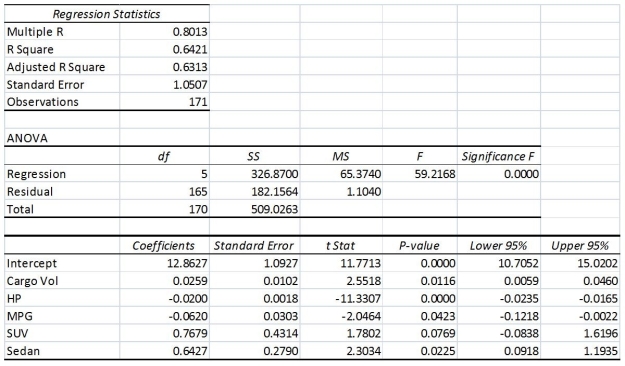
The various residual plots are as shown below.
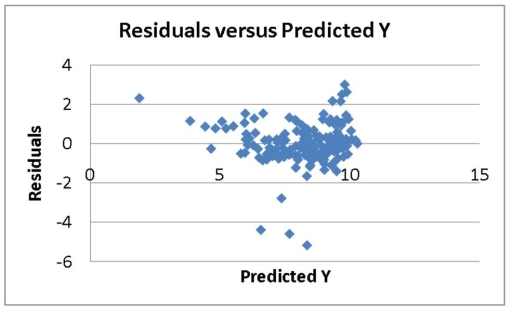
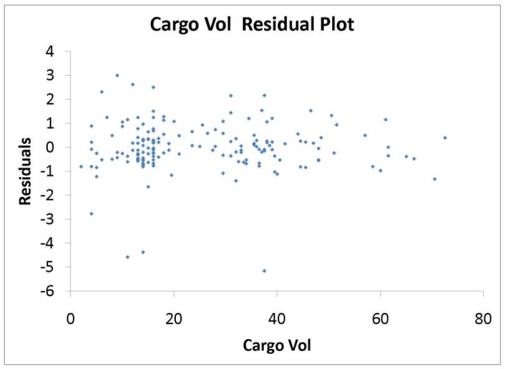
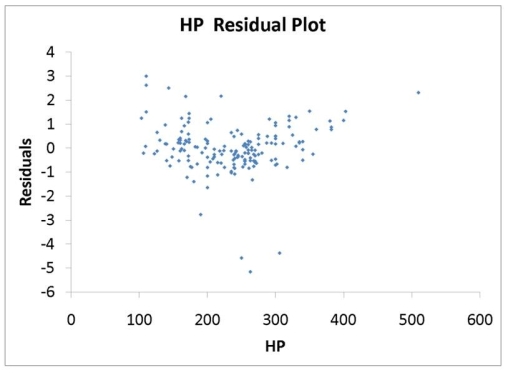
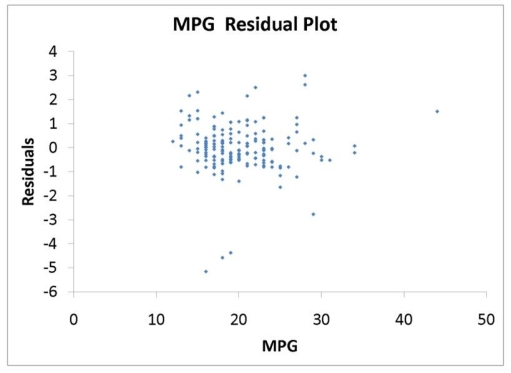
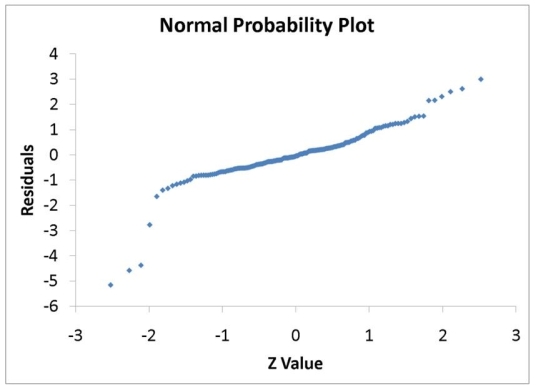

-Referring to 14-16, which of the following assumptions is most likely violated based on the residual plot of the residuals versus predicted Y?
Definitions:
Tax-Deferred Savings
Investment accounts that offer tax benefits, deferring taxes on earnings until funds are withdrawn.
Loanable Funds
The market where savers supply funds to borrowers, often facilitated by financial institutions, influencing interest rates through supply and demand.
Interest Rate
The proportion of interest a borrower is charged for borrowing money from a lender.
Investment Spending
Expenditures made by entities (individuals, companies, or governments) on capital goods, including buildings, machinery, and technology, to increase productivity.
Q34: Referring to Table 15-3, suppose the chemist
Q52: Referring to Table 15-5, there is reason
Q62: The Durbin-Watson D statistic is used to
Q88: Referring to Table 15-6, the variable X₁
Q119: Referring to Table 17-3, suppose the analyst
Q122: Referring to Table 14-15, the null hypothesis
Q123: Referring to Table 16-3, if this series
Q133: Referring to Table 13-10, construct a 95%
Q143: Referring to Table 14-10, to test the
Q156: Referring to Table 16-13, what is the